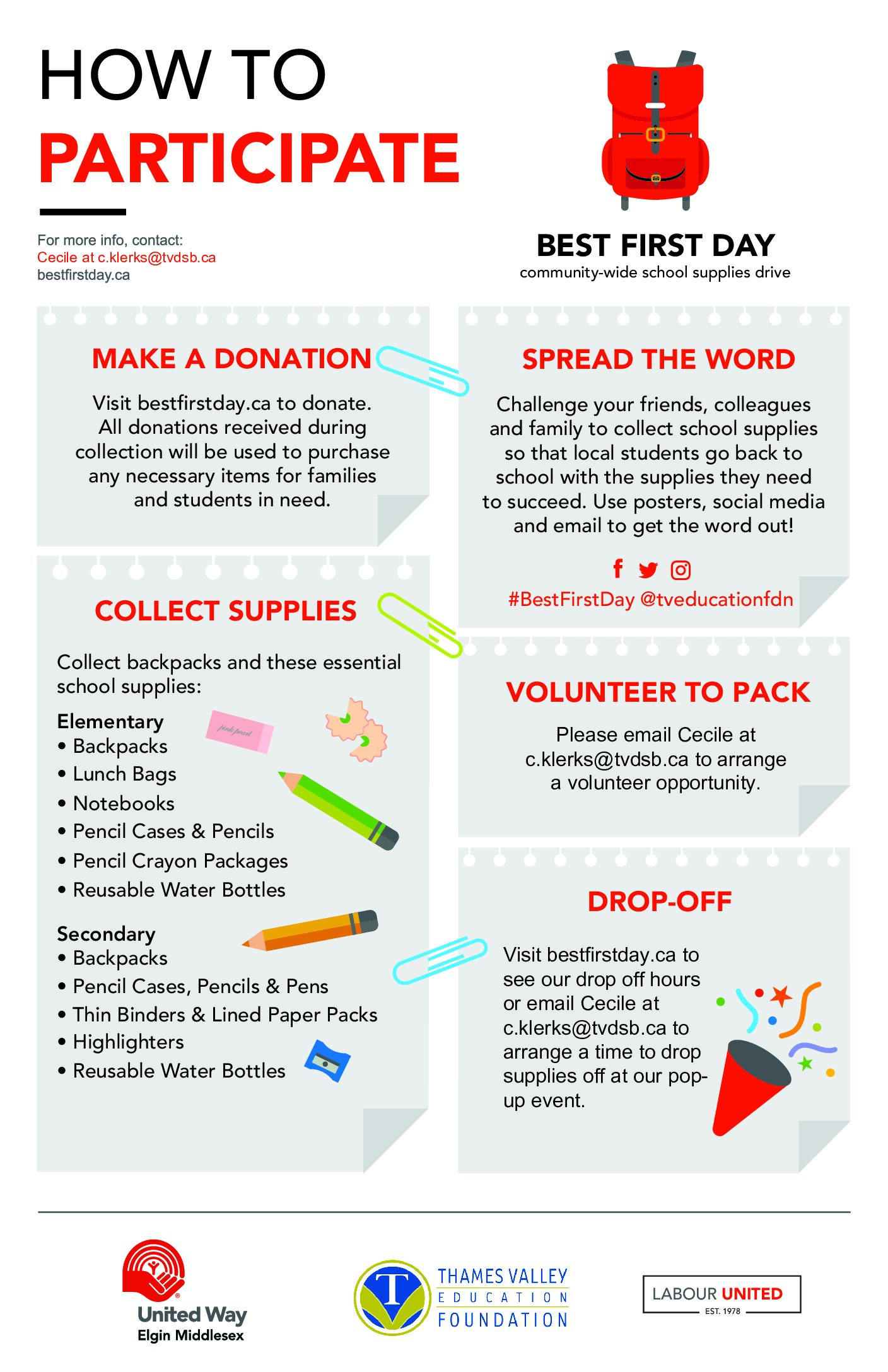Overview
This advanced low back stretching routine is ideal if you’re progressing beyond the basics like cat-cow, child’s pose, and knees-to-chest. Whether you’re recovering from an injury, dealing with lingering stiffness, or simply trying to maintain spinal health, this sequence builds mobility in your lumbar spine, hips, and thoracic region, while promoting healthy movement patterns.
🔁 Recommended Frequency:
Daily or as needed based on tightness, activity, or recovery goals.
⏱️ Time Required: ~8–10 minutes
Stretch-by-Stretch Breakdown
1. World’s Greatest Stretch
Targets: Low back, hip flexors, groin, thoracic spine
-
Step into a deep lunge (left foot forward) with both hands on the floor.
-
Bring your left elbow down toward your left ankle, working with your natural range.
-
Don’t push through pain—ease into the stretch.
-
Rotate and reach your left hand up to the ceiling, opening the chest.
-
Back knee can stay down for support.
-
Do 5 reps per side, transitioning through Downward Dog between sides.
Why It Works:
Combines hip opening, spinal rotation, and hamstring tension release in one dynamic stretch.
2. Hip Flexor + Hamstring Stretch (Kneeling Lunge)
Targets: Front of hip (psoas, quads), hamstrings, core stability
-
From a kneeling position, lunge forward to stretch the hip flexors of the back leg.
-
You’ll feel the hamstring of the front leg gently lengthen as well.
-
Add a gentle thoracic extension by raising both arms or leaning slightly back.
-
Hold for 5 seconds, then switch sides.
Tip: Engage your glutes slightly to protect the lower back and deepen the hip flexor stretch.
3. Bootstrap Stretch
Targets: Hamstrings, glutes, low back, spinal alignment
-
Squat down while holding your toes or under your feet.
-
Keep the chest lifted in the squat.
-
From there, straighten your legs, folding forward with a flat back.
-
Repeat the squat-to-fold motion 5 times.
Why It Helps:
It mobilizes both the posterior chain and lower spine, improving flexibility and functional squatting mechanics.
4. Scorpion Stretch
Targets: Lower back, hip flexors, thoracic spine, shoulders
-
Lie on your stomach with your arms outstretched in a “T”.
-
Lift your right leg and rotate it over to the left, trying to place the foot flat behind you.
-
Alternate sides, 5 reps each.
Caution: This stretch involves spinal rotation—go slowly, especially if you’ve had low back issues.
Tips for Success
-
Breathe deeply throughout each stretch—this helps your nervous system relax and allows deeper range.
-
Never push into sharp pain. Discomfort is okay, but pain is a signal to back off.
-
Perform movements slowly and intentionally, focusing on control and body awareness.
-
These are progressive stretches. If they feel too intense, stick to simpler exercises first (like child’s pose or pelvic tilts) and build up.
How Often Should You Do These Stretches?
Many people benefit from doing this full sequence daily, especially if you:
-
Sit for long periods
-
Experience morning stiffness
-
Are recovering from low back strain
-
Want to maintain flexibility as you age
-
Are returning to sport or lifting
Stay consistent and listen to your body—mobility is a long game.



